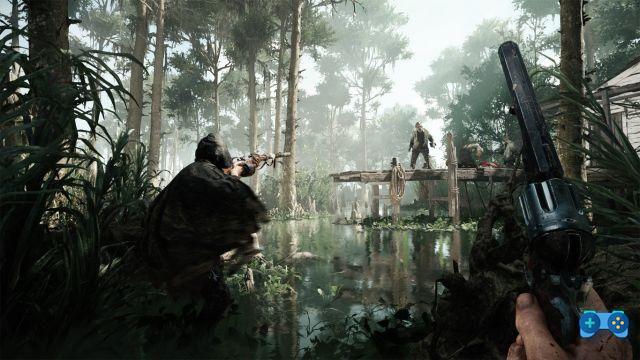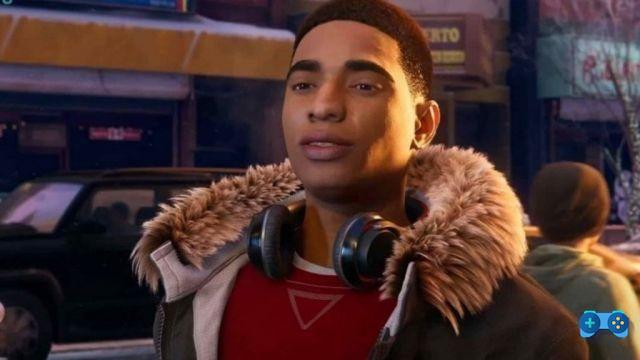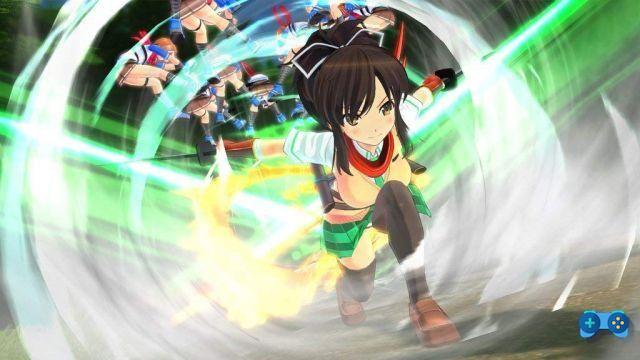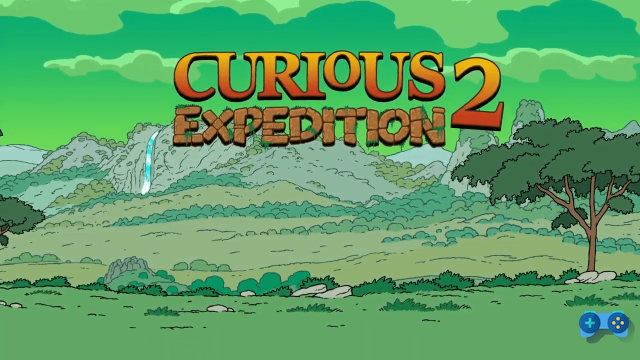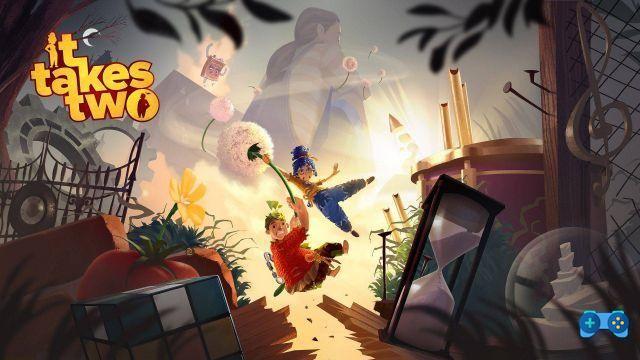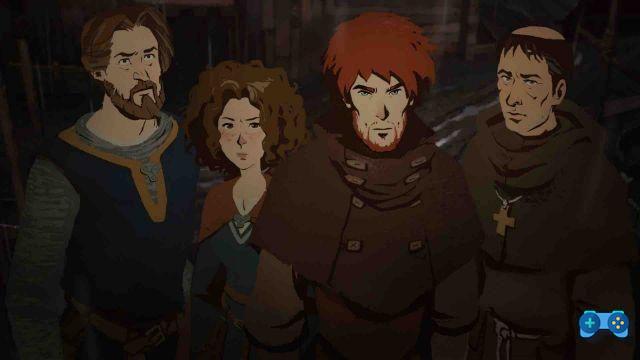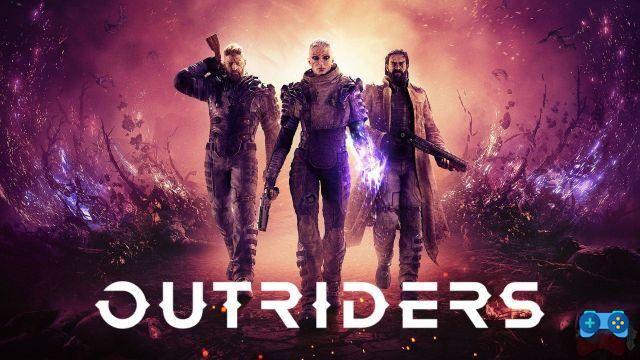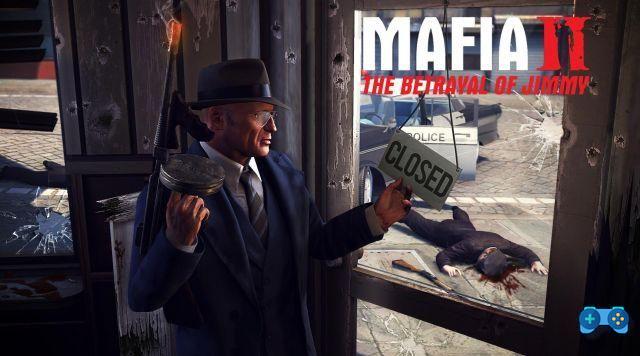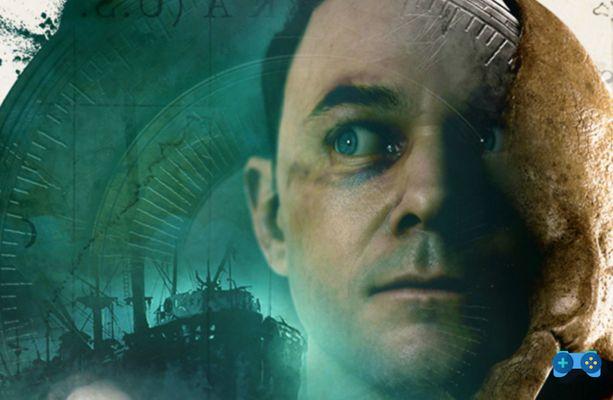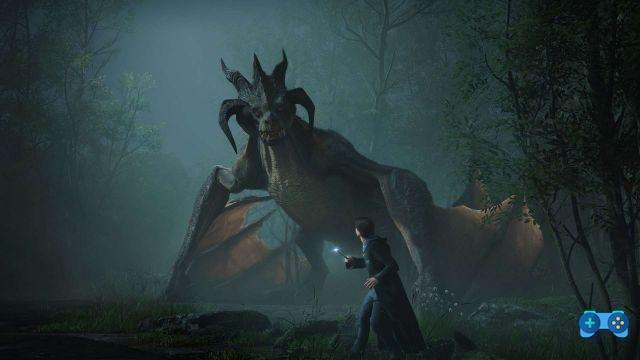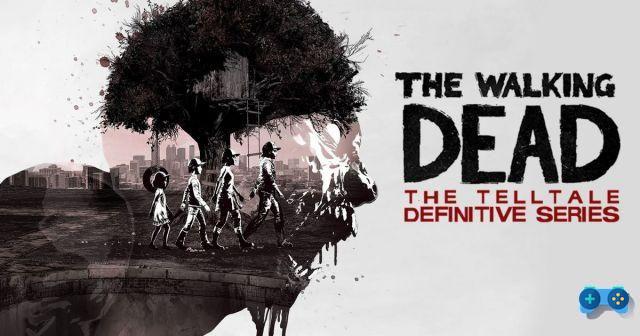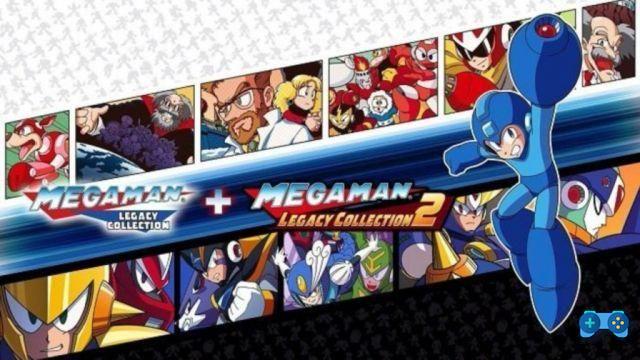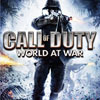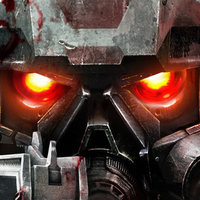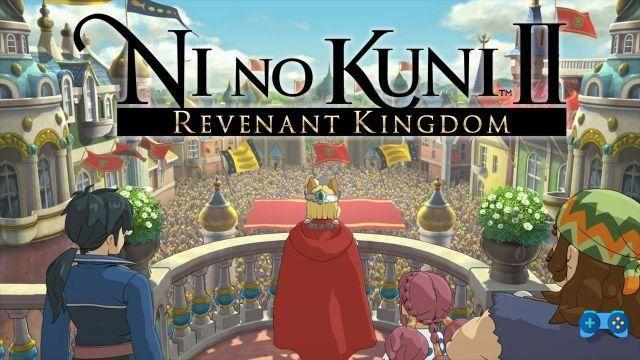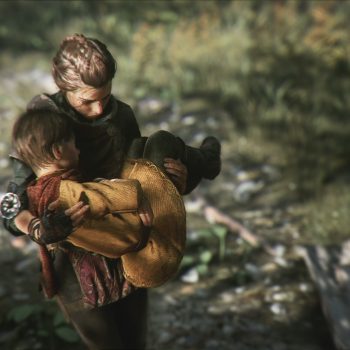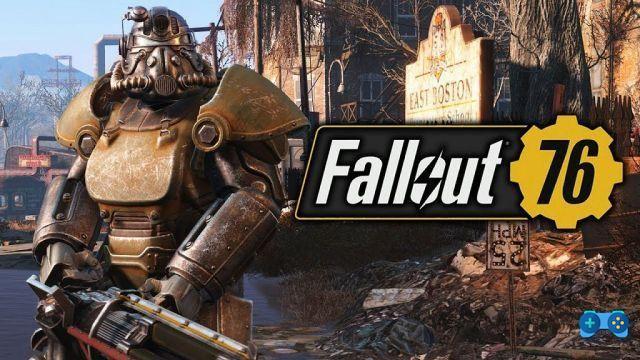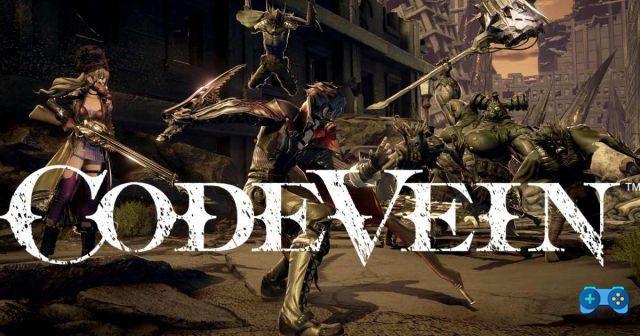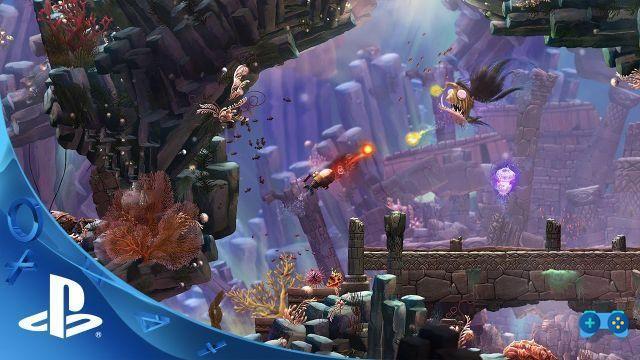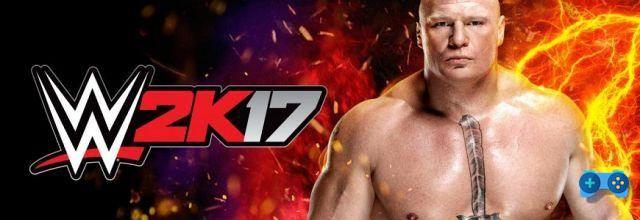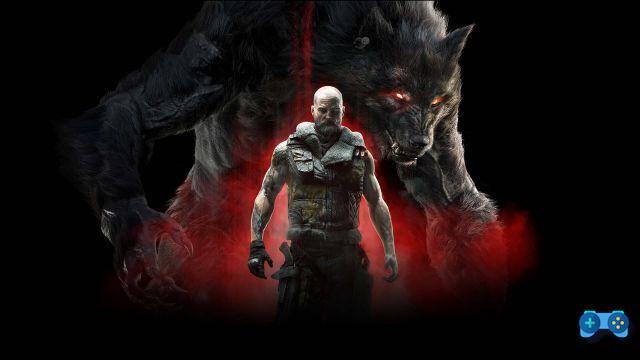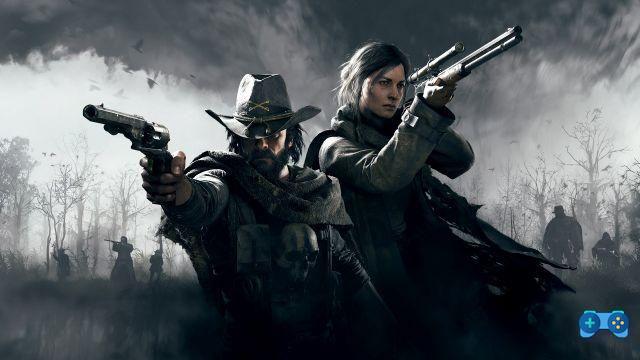
Bounty hunters wanted.
Hunt: Showdown leaves behind a rather troubled development: started in 2014 in the studios of Crytek USA under the name of Hunt: Horrors of the Gilded Age, the works were then interrupted following the bankruptcy of the headquarters for financial reasons. The project, therefore, went directly to Crytek's headquarters, which changes the title to the current one and announces the resumption of development in mid-2017. After just over a year and a half of early access on Steam and the contribution of players with countless feedbacks, Hunt: Showdown is finally ready to show itself in its definitive guise, with a convincing, fast and minimally strategic game formula capable of taking away hundreds of hours of gameplay if you love this genre.
The game is currently available on Steam and XBOX One, while on PlayStation 4 it will arrive later this year.
Live one more day ... or die forever.
First of all, it is necessary to give a face to what is Hunt: Showdown, that is a PvPvE that, therefore, will see us engaged both against enemies controlled by the AI and against people in the flesh, up to a maximum of 12 players. In the main mode, the purpose of each game involves the redemption of one or more sizes of ruthless creatures, which we can define bosses, and everything is basically divided into four phases: locate the targets, kill them, exile them and escape with the bounties in a way to collect them in place of our opponents. The second game mode, Quick Match, instead adopts a faster and more frenetic approach that encourages players to act quickly to prevail over others in just 15 minutes available. The matches can also be played in single or cooperative up to 3 total players, which further increases the fun and action.
In itself, the gameplay is quite intuitive and immediate but, at the same time, also articulated, as it is not a simple fps in which only the number of kills to win counts. First of all, to identify the targets it is necessary to rely on the Dark view, which allows you to view the various clues scattered around the game world: when one of these is collected, by us or by our rivals, an area of the map is obscured, therefore excluding the presence of the hunted monsters. In addition to this, once the bounties are obtained, the Dark Sight undergoes an "upgrade": by activating it, the players on the run have the possibility to find any nearby opponents (for a very short period of time), while the pursuers can know the position towards to which the fugitives are heading following the lightning strikes they emit.
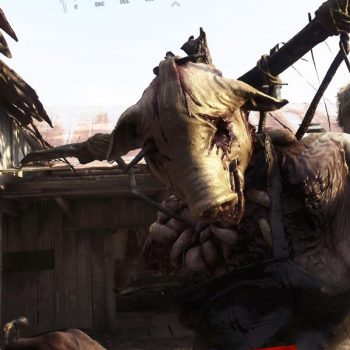 The hunt, however, is made even more difficult by various dangers beyond human players: the only two game maps currently present, Lawson Delta and Stillwater Bayou, swarm with zombies, infernal hounds and other more or less resistant creatures that will hinder our path in a rather reactive way, forcing us to maintain a constantly high level of attention as a minimum distraction could prove fatal. About that, Hunt: Showdown has no respawn system, severely punishing any risky and impulsive move: a misstep, in fact, can result in the end of the current game with the consequent definitive loss of the character used as well as all his equipment, although this happens starting from player rank 11 (just below we will deepen the level system) to allow you to familiarize yourself with the game mechanics. Therefore, it is essential to always watch your back, weigh every single action very well and learn the move set of three bosses who now haunt Louisiana, especially if in possession of particularly enhanced hunters and equipped with a respectable paraphernalia.
The hunt, however, is made even more difficult by various dangers beyond human players: the only two game maps currently present, Lawson Delta and Stillwater Bayou, swarm with zombies, infernal hounds and other more or less resistant creatures that will hinder our path in a rather reactive way, forcing us to maintain a constantly high level of attention as a minimum distraction could prove fatal. About that, Hunt: Showdown has no respawn system, severely punishing any risky and impulsive move: a misstep, in fact, can result in the end of the current game with the consequent definitive loss of the character used as well as all his equipment, although this happens starting from player rank 11 (just below we will deepen the level system) to allow you to familiarize yourself with the game mechanics. Therefore, it is essential to always watch your back, weigh every single action very well and learn the move set of three bosses who now haunt Louisiana, especially if in possession of particularly enhanced hunters and equipped with a respectable paraphernalia.
By surviving the various contracts, which may have one maximum duration of one hour, in fact, experience points are obtained both for the hunter used, whose level cap is set at 50, and for the rank of the real player, whose bar is called Bloodline. To avoid confusion, we are going to analyze the two level systems separately.
First of all, it is necessary to specify, although it is intuitive, that in the game we will almost never have a fixed hunter for the reason mentioned above. You can have up to 10 characters in the roster, unlockable for free (maximum two at the end of the game) or by spending the Hunt dollars obtainable by completing matches. The free and paid hunters differ in several respects: at the time of purchase, the former have contraband equipment, therefore salable without any revenue in case we have to make changes to the arsenal, and have no basic passive skills; on the contrary, the others have generally more interesting weapons and secondary objects that can be sold with a profit and, moreover, they have at least one passive ability at the time of unlocking.
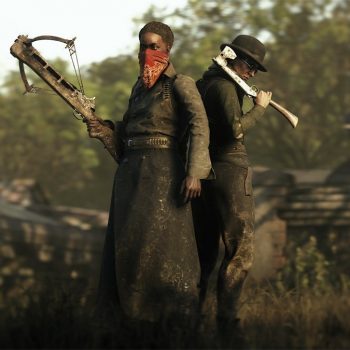 The tens of passive skills present in the game are useful for strengthening hunters and it is possible to obtain new ones, after progression in the player rank, by spending the talent points earned; in this way, we will be able to "shape" the bonuses of each character to our liking. Each of these, then, has a different one amount of health divided into blocks, another not insignificant factor: let's start by saying that the life bar can undergo different states, from haemorrhage to poisoning, all manageable without too much effort as long as you have a safe place in which to use a cure (since it makes the hunter temporarily harmless) or wait for a specific effect to pass.
The tens of passive skills present in the game are useful for strengthening hunters and it is possible to obtain new ones, after progression in the player rank, by spending the talent points earned; in this way, we will be able to "shape" the bonuses of each character to our liking. Each of these, then, has a different one amount of health divided into blocks, another not insignificant factor: let's start by saying that the life bar can undergo different states, from haemorrhage to poisoning, all manageable without too much effort as long as you have a safe place in which to use a cure (since it makes the hunter temporarily harmless) or wait for a specific effect to pass.
In a cooperative game, then, whenever we end up on the ground and are reanimated by a companion, we will permanently lose a block of health, arriving at irreversible death once everyone is exhausted. The same is true of taking elemental fire damage, which will slowly burn them unless we extinguish the flames in time. After a contract with some lost health blocks, however, they will remain so and can only be restored by possessing a certain passive or by spending the Blood Bonds, the premium currency of the game that also allows you to remove talents and buy legendary weapons. Blood Bonds can be earned in modest amounts by completing daily and weekly challenges or they can also be bought using real money; however, this does not translate into a pay-to-win formula, as it does not give access to any unbalanced perk or items.
Regarding the Bloodline, on the other hand, the rank limit is 100, at which point it is possible to perform the prestige (several times) which involves the resetting of all the hunters owned and related equipment, excluding however the legendary weapons which, instead, will remain unlocked. The player rank is also divided into three tiers, which allow you to access characters more and more equipped and resistant.
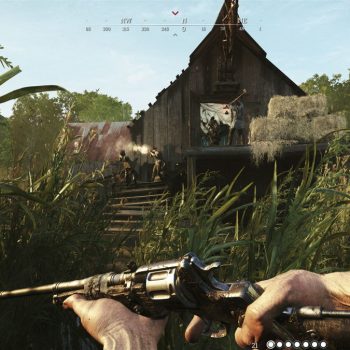 Tex Willer teaches.
Tex Willer teaches.
Hunt: Showdown can count on a rather rich and varied range of weapons as well as faithful in the reproduction of the more than fifty models available, some of which re-proposed in variants with bayonet, sniper optics and other specific accessories. Every single specimen, from pistols to shotguns up to white ones, boasts unique statistics and distance models require a lot of practice to be mastered, especially with regard to the rate of fire. In 1895 the yield of the weapons was far from today, therefore knowing the reload time, the capacity of the magazine and having in mind the reactivity of our faithful instrument of death will definitely know how to make the difference in a firefight. No model, however, was unbalanced compared to others, placing its full effectiveness in the skill of the players. Let's forget about camping, reduced to a minimum thanks to a well-studied level design that provides multiple access routes in all buildings and thanks to the penetration of the wooden walls.
The equipment of each hunter is divided into three types, namely weapons (primary and secondary), tools and consumables, and can be managed before the start of each new contract. Through the Warehouse item it is possible to buy everything we need, remembering that the only objects not to be restored at each end of the match (unless you die) are the consumables. As the name itself suggests, injections of vitality, bombs and the like used must be re-equipped from time to time, repurchasing them or drawing from any stock in the pre-game inventory.
Also the exploratory component has its share of importance, as by rummaging in the various areas we can find crates of ammunition, bear traps, first aid kits and other items useful for survival.
Finally, we would also like to make a note of the interesting Library item, in which we can read in-depth descriptions of various weapons and all the creatures of the game, which allows us to better understand their "history" and also have a sketch of their lore. . Also in this case, in order to unlock the relevant pages, certain requirements must be met such as a certain number of kills on a boss, a mastery on a specific weapon and so on.
The charm of the southern United States.
The game is set in the Louisiana lands of 1895, at the sunset of the far west era, thus catapulting us into a satisfying representation of the classic landscape consisting of swamps, wheat fields, farms and small agglomerations of wooden buildings.
From a technical point of view we can only praise the excellent work done by Crytek, which especially in the audio sector has placed a great deal of attention in the reproduction of all sound effects making them, in fact, a fundamental element in Hunt: Showdown. The sound of footsteps changes significantly based on the terrain or material you walk on, so it's important to be careful if we want to sneak up on enemies. From this, therefore, derives the risk of alerting the opponents by passing over the glass shards that have not been noticed or frightening a group of crows, to cite two examples; however, noise can also be used as an opportunity to distract one's rivals. The sounds of the weapons are also commendable, all brilliantly differentiated in order to characterize them and allow, over time, to recognize them from a shot.
Moving on to the graphics side, we must first say that we tested the game on PC with the following configuration:
- Processor: Intel Core i7-5820K @ 4.0 GHz
- Graphics card: Gigabyte NVIDIA GeForce GTX 1070 8GB
- RAM: G.Skill Ripjaws V 16GB DDR4 @ 3200MHz
Bluntly, we can say that the Crytek guys have been able to optimize the CryEngine to the fullest, creating a visually very enjoyable title and, at the same time, not very thirsty in terms of hardware. By setting all the graphic settings to the maximum, in fact, 4 GB of VRAM are enough to have the 60 fps guaranteed in every situation (obviously accompanied by a good CPU and the right amount of RAM); we do not deny that we have noticed a not exactly flawless antialiasing and some interpenetration of the models that, at times, allow you to hit a boss through a wall in total safety.
Even the menu of the character suffers from some bugs to be solved: the most evident we have come across is the phrase that warns us every time of the restoration of our hunter despite having long passed the player rank 11; nothing that negatively affects the gaming experience anyway.
Finally, connectivity and latency in games are very stable, which have never presented any problems of lag, slowness in matchmaking and disconnections.
Final comment
Hunt: Showdown wisely blends a survival horror atmosphere with a competitive and cooperative style of play that works very well, managing to create an adrenaline-fueled and respectable multiplayer experience. The time spent in early access has undoubtedly paid off, thanks to which Crytek has managed to give new life to a project that, otherwise, could have ended up in oblivion and never see the light. It still needs some small finishing and to be expanded in content to not always offer the usual soup, but we are sure that the developer's experience in the gaming field will be able to give the right post-launch support and keep it alive.
- - Game formula that can keep you hooked for tens or even hundreds of hours
- - Rich, varied and balanced arsenal
- - A clever mix of action, strategy, cooperation, adrenaline and fun
- - There are currently only two game maps and three bosses
- - Some bugs in the menu and under the graphic profile to be solved




